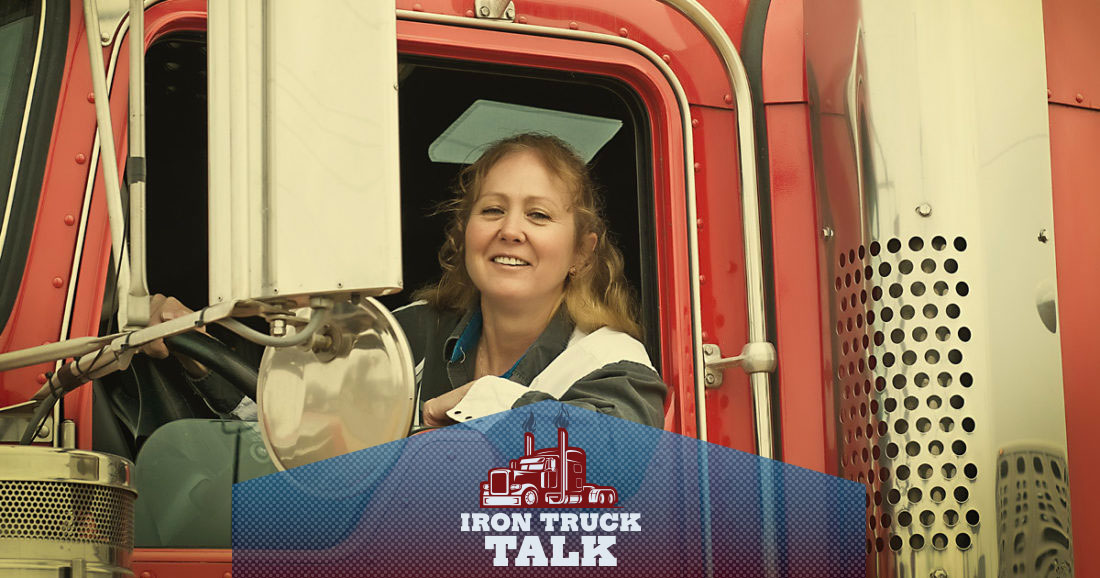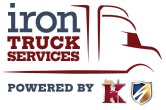Proposed Federal Legislation Suggests that Women May Be an Answer to the Nation’s Shortage of Truck Drivers

In February, members of the U.S. Senate and House of Representatives reintroduced the Promoting Women in Trucking Workforce Act. Among other goals, this bipartisan legislation seeks to provide support for women currently employed in trucking, and to identify and establish training and mentorship programs that will help remove barriers to women who wish to enter the industry.
This legislation is an important contribution to national discussions about the shortages of truck drivers and other key transportation employees. Covid-19 highlighted just how valuable these workers are in moving critical resources across the country and within our communities. The industry had already been struggling to find enough drivers, and the pandemic has only increased the demand for their services.
The gap between the number of positions that must be filled and the number of drivers is daunting. In 2019, the American Trucking Associations (ATA) conducted an analysis of unfilled trucking positions, and noted a massive 60,800 shortfall for the number of drivers needed. This number has only increased, with the ATA estimating that over the next decade, about 1.1 million new drivers will need to be hired.
The ATA and other supporters of the Promoting Women in Trucking Workforce Act believe that more women in trucking could be a solution to the perennial problem of finding enough drivers to fill all open positions. While women have more of a presence in the trucking industry today than they did five or ten years ago, they still make up only about 10 percent of long haul truck drivers. Increasing that percentage could have a big positive impact on the entire industry.
Trade associations and women already working as truck drivers note that the good pay, independence, and job security are all benefits that should encourage more women to look to the truck industry for career opportunities. They also acknowledge that there are challenges related to the job that affect women differently than men that need to be addressed, such as truck cabs that are built to fit bigger (male) bodies, schedules that do not take into account family needs, and rest stop options that feel unsafe.
Fortunately, there is increasing support for women who are considering becoming a truck driver, or who are already employed in the trucking industry. The nonprofit Women In Trucking Association (WIT), for example, works to increase the number of women applying for truck driving positions, and to address the obstacles and challenges that impact them once they are hired. WIT supports the proposed legislation, which, among other things, will allow for the coordination of outreach, training, and mentorship programs that are specifically designed to increase the number of women working in the trucking industry.
More women in trucking means more women with good-paying jobs, and more essential workers who can transport critical resources to every location in the country. The sponsors of the proposed legislation recognize that these hoped-for outcomes will benefit all of us.



